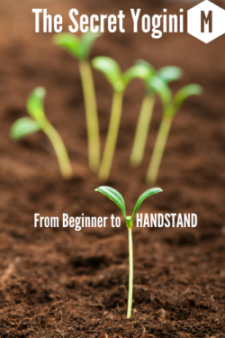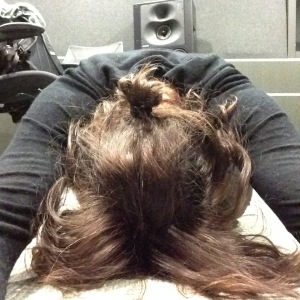
So, I have my subscription – thanks to a lovely friend who gifted it to me for my birthday. No excuses not to get on my mat every day!
And all those classes to choose from. Different styles, different durations. Always something for the time-slot available and the mood I’m in.
Like I said, no excuses.
It’s not always that easy, though, is it? I mean, motivation? Same with any sport or practice, of course. Making it a habit is the hard thing – even if you love it and have the tools there at your disposal – and, as I say, all the (obvious) excuses eradicated.
Useful to remember, then, the reasons why we do this.
Keeping my back supple is one biggie for me. And, personally, I think that any aches, pains and physical niggles are eased and then kept at bay by yoga.
Case in point: I was talking to a friend the other day who always has joint pain. If it’s not her neck, it’s her knee. If not her hip, then her elbow. Always something. She sees osteopaths and chiropractors, physios and massage therapists. All with their theories as to why x or y hurts. The latest at least had a holistic diagnosis – claiming that it’s down to her hypermobility. Apparently, her ligaments allow her to move beyond the scope of her muscles and tendons which then get strained. The muscles aren’t strong enough to prevent the excessive movement – so she must do exercises to strengthen the musculature around all her joints.
What possibly fits the bill better than yoga? An all body programme, if ever there was one.
Another example: elite sportsmen. Increasing numbers of professional footballers are using yoga to extend their careers and their body’s resilience to injuries. During the World Cup in Brazil last year, I watched the national teams train and many of them used sun salutations (though I bet the fitness coaches called them something else). For the players, it’s about flexibility rather than strength. Their backroom staff have a lot of money to invest in finding the best exercises – notable, then, that so many recommend yoga.
But it’s not just the body: the mind benefits too. Isn’t yoga, even intense forms, like Astanga, a moving meditation? The mind stills. Focus is on breath and movement. On being in the moment. Right here, right now.
Only Cognitive Behavioural Therapy and Prozac are as effective in treating depression as meditation, research has shown. So when you are in your practice, you truly are approaching Zen. Treat yourself, for example, to one of Mimi Kuo-Deemer’s classes on MML and, if you’re anything like me, she’ll take you to that sweet spot where yin and yang find their balance….
And there’s the soul too.






Leave a Reply